What we mean by that is, for example, Nitinol. This material can be bent when packing the equipment, but it always returns to its original shape. This characteristic can be very useful! In paragliders, the high-quality Nitinol rods replace the usual nylon rods. They are even more robust and ensure an optimally shaped airfoil contour. In harnesses, the properties of Nitinol are used, among other things, to ensure that the airbag fills with air before take off.
One obvious advantage of two-liners is the reduction of drag caused by the lines. More important is the increased stability and the possibility of B-steering. The B-handles can be used to increase the angle of attack very directly and quickly without deforming the airfoil. Consequently, you can fly faster with the two-liner in lively air than with a three-liner.
NOVA Air Scoop is an optimised air intake, which increases the internal wing pressure. NOVA's Air Scoop principle is similar to the ram-air inlet duct on a sports car: increased airflow produces higher pressure. Higher internal pressure in a paraglider means improved performance through increased structural stability and collapse resistance.
Triple 3D-Shaping could be called an anti-wrinkle treatment for the nose of the wing: with three seams across the entire span of the top sail, we reduce the number of creases which are a consequence of the curvature over two axes. Two axes, because the sail cloth has to align to the profile form and the ballooning also determines a radius which the cloth also has to follow. It is as if trying to fold a piece of paper smoothly around a ball. It is impossible without creases. Triple 3D-Shaping divides the sections to be folded into smaller subsections. This allows us to get close to achieving the ideal crease-free form. The result: the creases on the profile nose are clearly reduced and this leads to better performance.














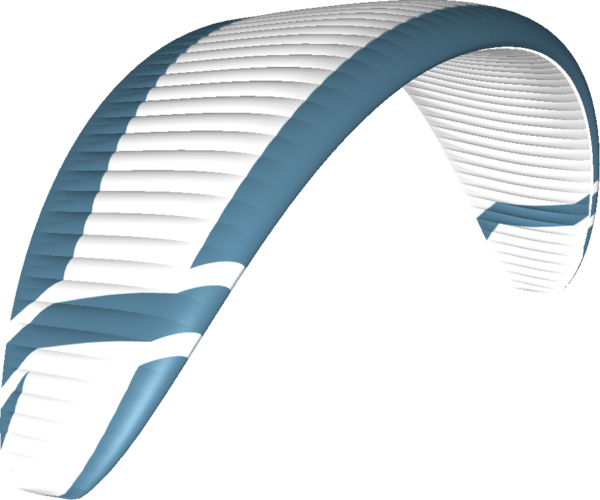 Blue
Blue
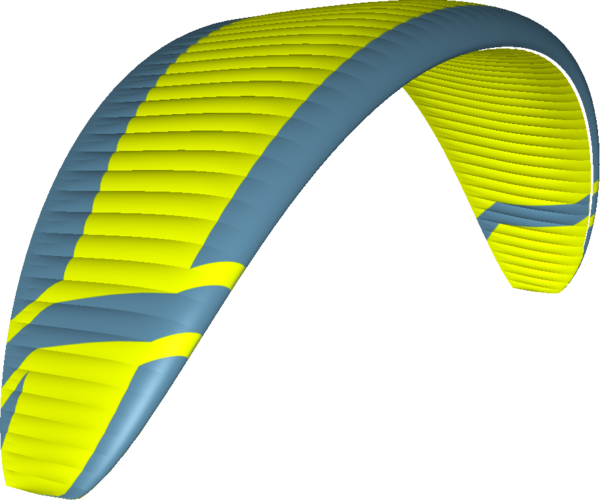 Lime
Lime
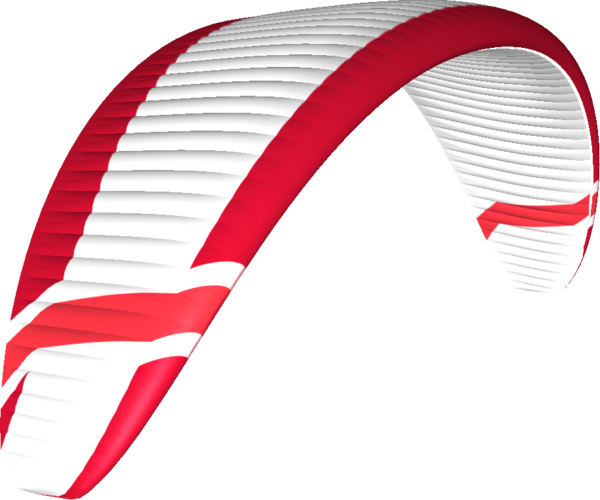 Red
Red
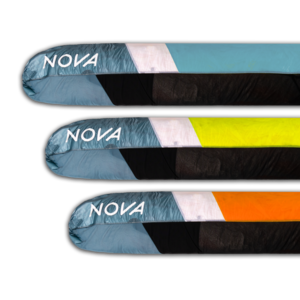 Concertina Bag Light.
Concertina Bag Light.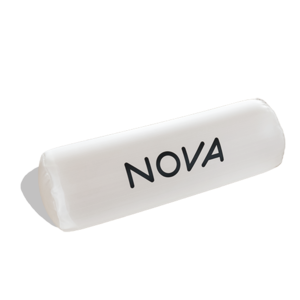 Pack Roll.
Pack Roll.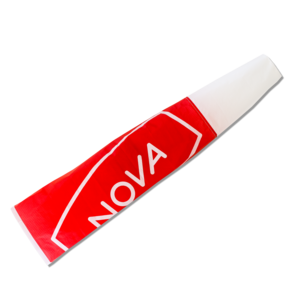 NOVA windsock.
NOVA windsock.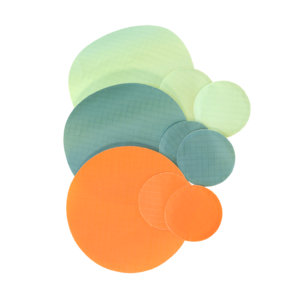 Repair kit.
Repair kit.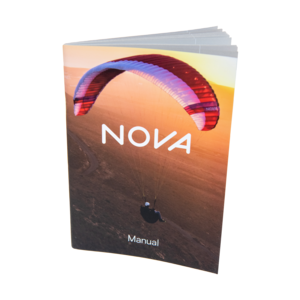 Manual.
Manual.